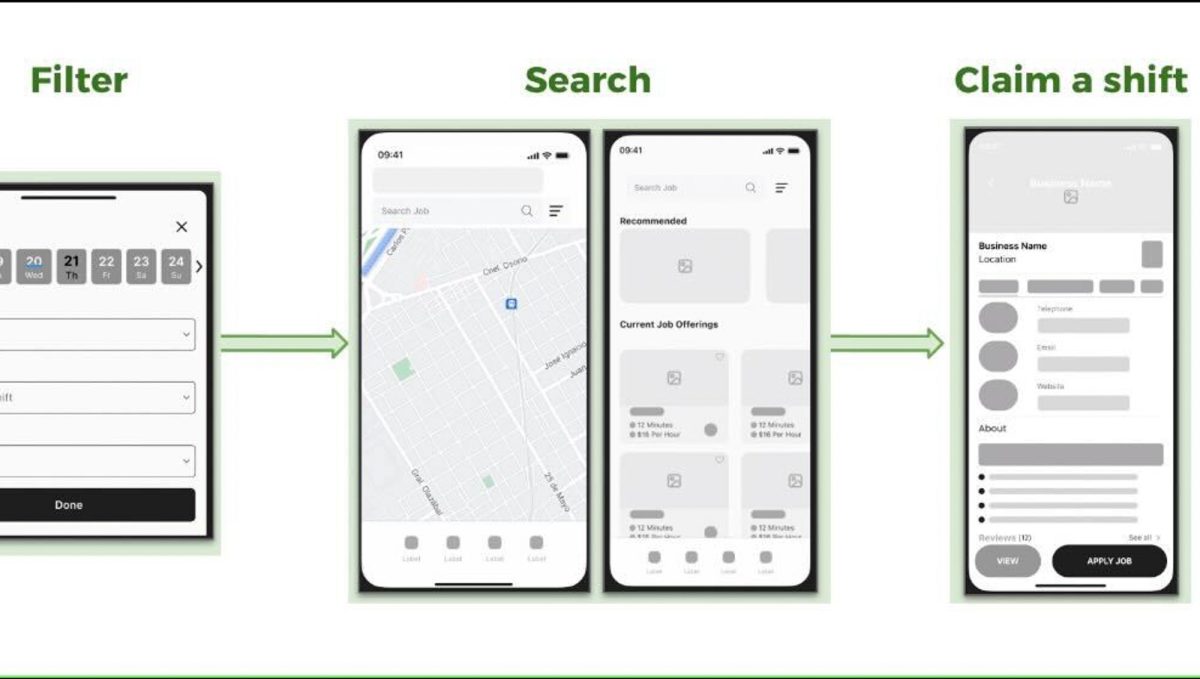Country singer Kelsea Ballerini’s “ballerini” is an acoustic rendition of her other 2020 studio album release, “kelsea,” that simplifies the standard pop-country production on the latter to solely guitar work on the former. The acoustic, stripped album also adds a sense of being grounded to reality alongside Ballerini’s anxious and slightly world-weary storytelling.

Ballerini is an average songwriter with a pleasant personality, and that summarizes how effective “kelsea” is: the enjoyment of that album depends on how charmed the listener is to Ballerini’s open-book, subtly melancholic personality. To this standard, she elevates the lyrical themes from worn-out to mildly cathartic.
“ballerini” was released on Friday, six months after “kelsea” debuted. “ballerini,” like “kelsea,” goes down well-trodden lyrical themes to modest success — although an issue with going down a road often traveled is that repeating the same patterns can make them stale.
For instance, “the other girl” — a duet with Halsey on “kelsea” but a solo on “ballerini” — talks about complications with an unfaithful love interest. The two women are fighting over who is in the main relationship and who is the titular “other girl.” While the song is written and performed competently on both renditions, the concept has already been done in a more engaging manner in the past, most notably with Brandy and Monica’s “The Boy Is Mine.”
While the lyrical material has themes that are familiar to the point where it feels like Ballerini is treading a line between relatable and tired, she tends to stay on the relatable side of songwriting, most evidently in the song “half of my hometown.” In this song, Ballerini sings about how her high school graduating class is stuck in the past, with former prom queens yearning over quarterbacks while those quarterbacks reminisce over “that one touchdown.”
While these character archetypes throughout the album — your homecoming queens, your quarterbacks, your unnamed boyfriends, etc. — are somewhat basic tropes that are hard to expand upon, it is once again Ballerini’s charisma that saves songs like “half of my hometown.”
Both “kelsea” and “ballerini” are decently-crafted artistic expressions of typical Generation Z ennui: the standard empty feeling that college-aged adults express about their pasts and their futures, with some yearning and nostalgia woven in. This is not to discredit Ballerini — the songs themselves have infectious melodies juxtaposed with relaxing, somewhat typical pop-country guitar work sprinkled throughout.
Although simplified compared to “kelsea,” the stripped-back production on “ballerini” adds some much-needed depth to the juxtaposition of most of the songs.
“bragger” is a particularly good example of the relatively minimized production bringing out the best in the song: whereas the horns on the original version make the song’s lyrics take on a more submissive tone, the refocus on a guitar instrumental on the acoustic results in Ballerini uplifting her boyfriend with her more aggressive tone.
This adds the air of individuality needed to flip the song from a conventional pop country song about uplifting a man into a song about knowing who her boyfriend is while maintaining her own sense of self.
Between the two versions, there are only minor lyrical differences: for instance, one of the sole lyrical changes between the two albums happens on “overshare,” where Ballerini takes the lyric “Never date a guy whose name starts with A” and switches the letter to a “J.”
This makes the situation behind the lyric somewhat more grounded — in context, a drunk Ballerini is saying this to every girl she sees as she leaves the bathroom. Such a lyrical swap, when noticed, is both funny as well as a surprisingly relatable drunken contradiction.
Ultimately, “ballerini” takes the somewhat flashy instrumental stylings of “kelsea” and tones them down to create a more nuanced depiction of young adult listlessness. This ultimately gives Kelsea’s songwriting — unchanged from the original album — a slightly more compelling tone that helps listeners better empathize with her struggles in life after leaving her hometown.




















































































































